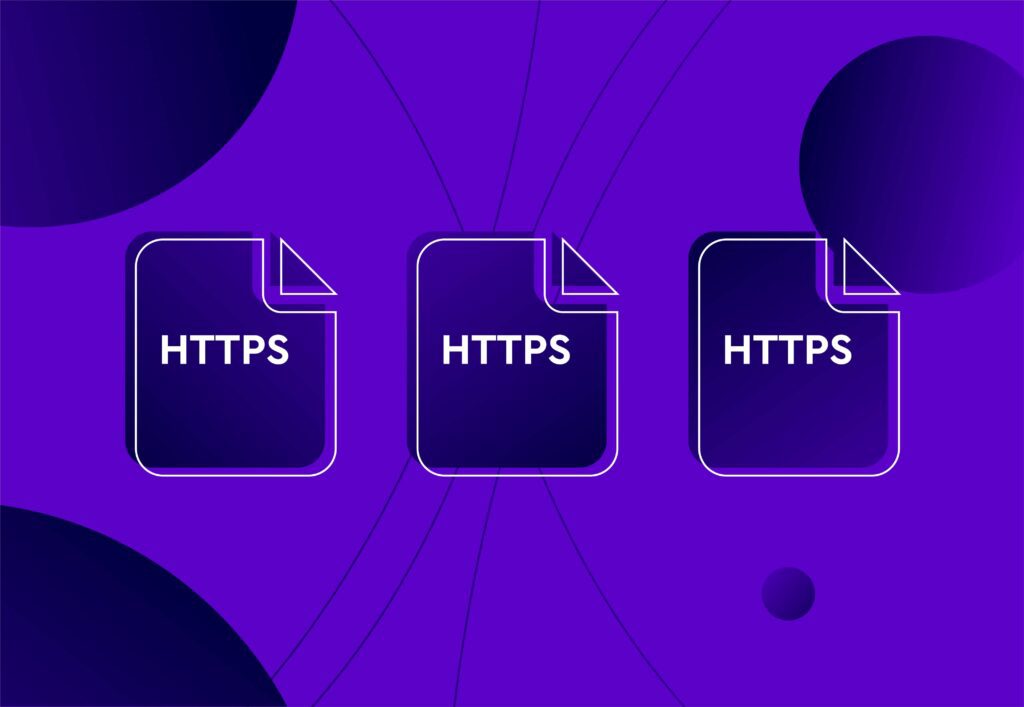
A beginner’s guide to canonicals for SEO

Canonicals are another one of the many, many components of the technical SEO web. But what are they and why do they benefit your SEO practice?
Understanding the nuts and bolts of technical SEO helps to get your site running like clockwork. Canonicals are one of these elements that should be understood, so we’ve provided the perfect beginner’s guide to canonicals for SEO to get you started.
Hopefully, by the end of this guide, you will be equipped with all the essential knowledge surrounding canonicals and can carry this forward to your SEO strategy. Let’s get stuck in!
What is a canonical?
A canonical, specifically a canonical tag, is part of the HTML code that lets the search engine know which is the preferred URL when duplicate content (or near duplicate content) exists. The canonical URL is the specific URL itself, whereas the tag is the piece of code.
A canonical helps Google index the correct page and avoids any penalisation that may come from duplicate content– the canonical tags work hard behind the scenes to avoid this. Duplicate content could appear for multiple reasons, such as region or device variations, or technical accidents.
Canonical tags can be used in their URL to make it specifically clear to Google that this is the page you want indexing (known as a self-referencing canonical), but they can also be added to alternate URLs to point to the primary canonical URL. Still confused? Think of canonicals as a compass to point Google in the right direction of the original master page.
Why are canonicals important for SEO?

Canonicals are important for SEO as when avoiding the issue of duplicate content, the issue of keyword cannibalisation is also dodged. Keyword cannibalisation is a no-go for SEO, negatively affecting rankings as overly similar pages compete for the same keywords.
Canonicals also help Google understand which page you want to rank in the search engine, so crawl efficiency is immediately improved and your page is more likely to be indexed correctly.
Google will reward you for including canonicals correctly, as penalisation that negatively affects your rankings is successfully avoided. Google won’t know which page to rank without canonicals, and will therefore try and balance its ranking efforts between the two duplicate pages- no matter how well-optimised your content, it could find itself a lot lower in the SERPs.
How to implement canonical tags
Implementing canonicals can seem daunting at first, but once you’ve chosen your preferred URL, you’re one step closer to being able to add a canonical tag.

Adding the tag is as simple as adding the “rel = canonical” tag to the HTML code, or if you use a CMS (content management system), there may be additional plug-ins that prevent you from fiddling with the HTML yourself. It’s worth checking if your chosen systems or platform, especially e-commerce platforms, include plug-ins that automate the process for you.
Ensure you updated your XML sitemap accordingly to only include the canonicalised URL, further helping both the user and the crawling process for Google.
Top tips for canonicalisation
There are some tips to consider when undergoing canonicalisation to ensure best practices is still in place. Here are our top tips to have a smooth, efficient process.
Firstly, don’t add manual canonical tags if your systems have plug-ins or automation built-in, as this will just confuse Google. Google will just ignore both canonicals, so it won’t have the outcome that you wish for.
From here, choosing absolute URLs are a must. Relative URLs don’t provide the search engine with everything they need to understand, so absolute URLs are the best practice due to their full instructions to the URL. The full web address should be used for the canonicalization process.
As well as using only absolutes, canonicalising all sequenced pages beyond the homepage is not the best practice – even though it may seem it. This is a common pagination SEO mistake. Internal links lose their authority and content that isn’t duplicated is mistakenly canonicalised. This is especially unhelpful for e-commerce sites as product pages vary and are therefore not duplicate pages.
Finally, self-referential canonical tags can be useful in the canonicalisation process – so don’t be scared! It’s perfectly okay to add a self-referential tag onto the canonical URL as it provides even more clarity and dodges possible confusion for Google about which is the right page to index and point users towards.
How Embryo can help your SEO with canonicals
At Embryo, we understand the importance of technical SEO and go the extra mile to address every component that your site may need optimising. With canonicals, our experts would fix any duplicate content issues that are hindering your site’s ranking opportunity.
Still confused about canonicals or want to know more about SEO in general? We’d be happy to answer any questions you may have!
